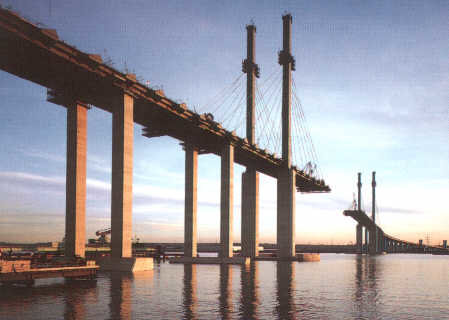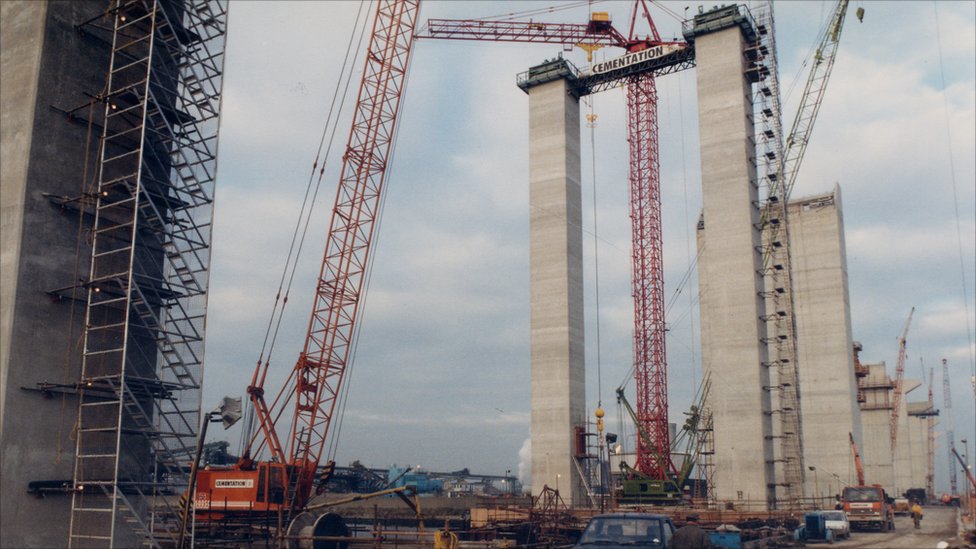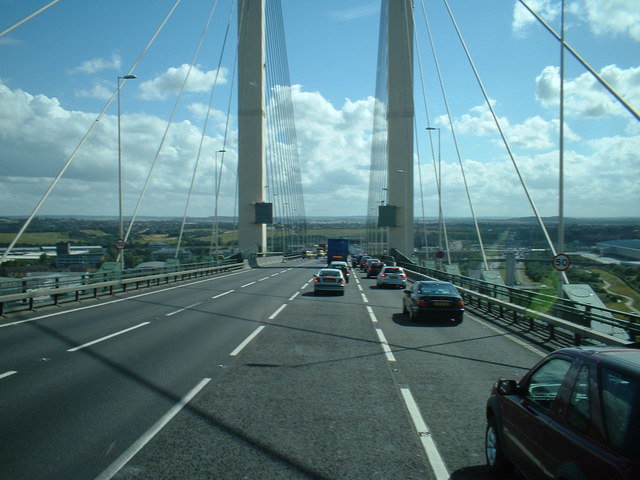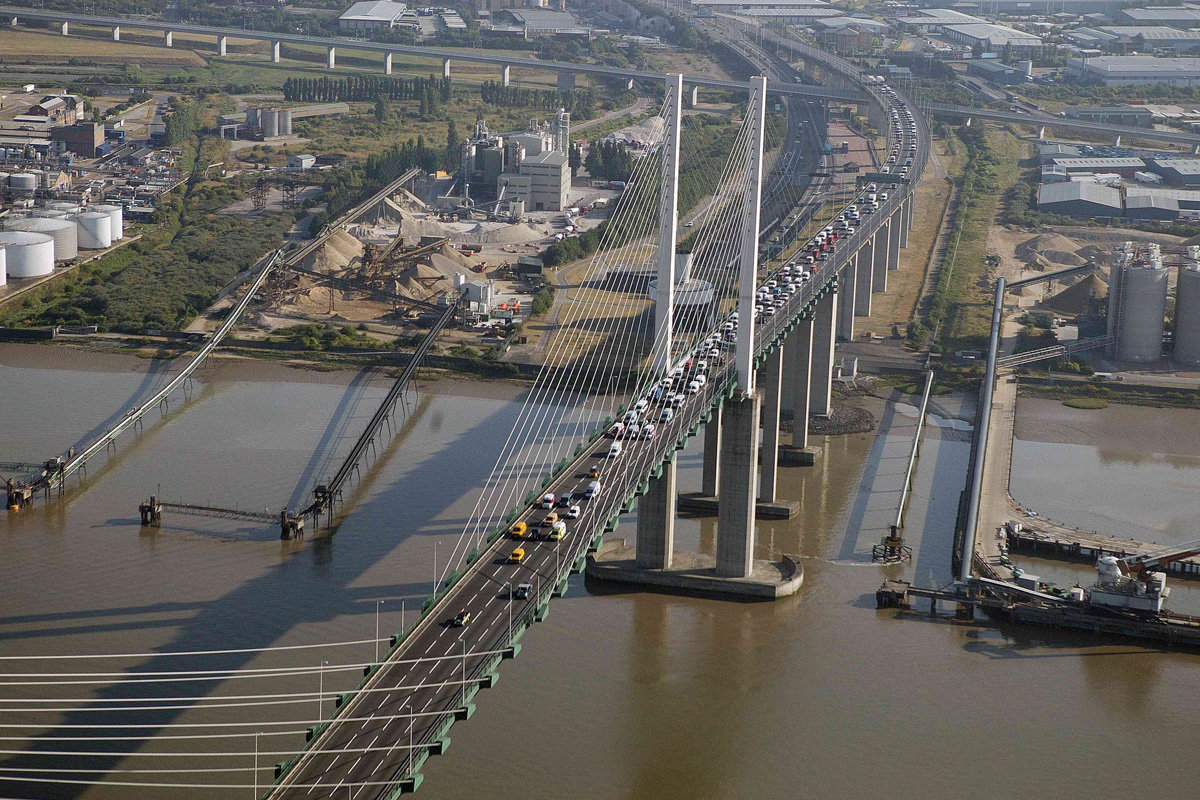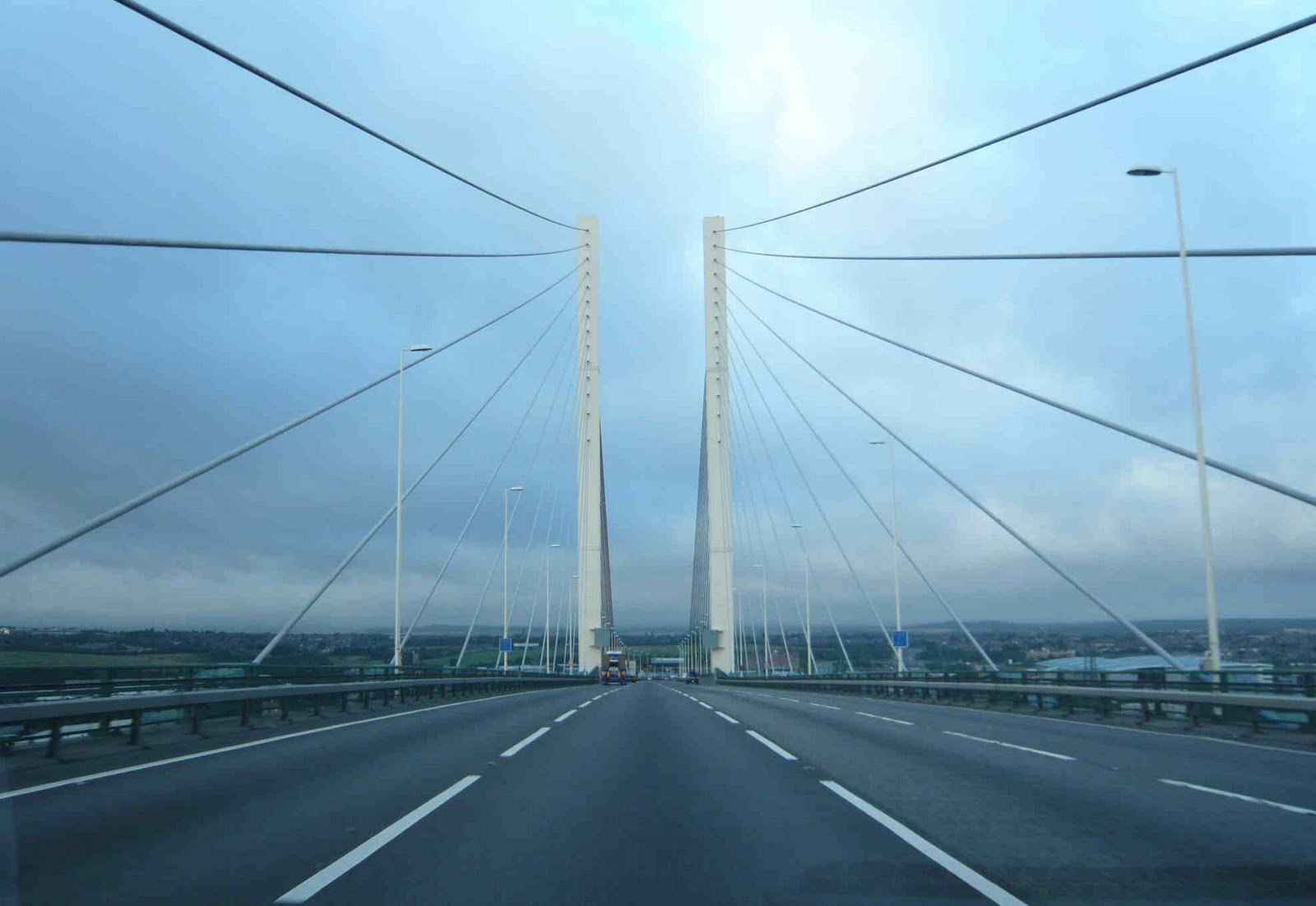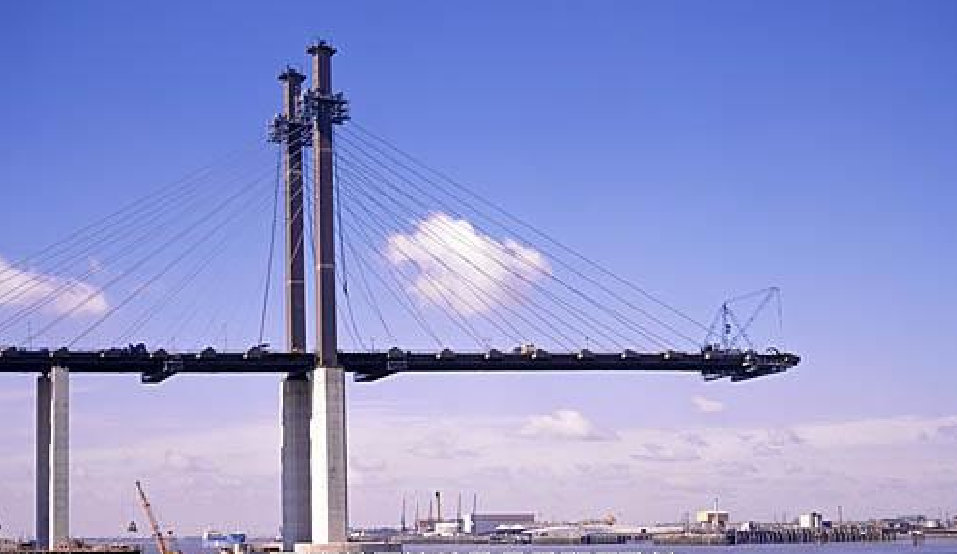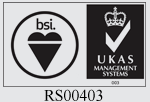Case Studies
The Three Daws Public House Town Pier Royal Pier Road Gravesend The building dates from 1488 and was serving ales by 1551. This is ... Read more
Creating Value through collaboration
CASE STUDY Creating value through collaboration. The Issues Faced...The repeated failure of ironwork within a busy commuter and bus route was ... Read more
To protect the properties from external Flooding using the new Kessel Ecolift XL Duo designed especially for the UK Market . Since 2009 16 ... Read more
Some properties in Goring on Sea, West Sussex were regularly being flooded and something permanent had to be done to alleviate this major and ... Read more
Due to an unacceptable number of road casualties, excessive street clutter and difficulty in cycling through this junction it was decided to ... Read more
Taking over 6 years and costing £50 million this was a huge project. Epitomising the great age of sail, this last remaining Tea Clipper is a ... Read more
Headwall Grilles, Rye East Sussex
A bespoke solution was required in Rye to protect two river outlets complete with outlet valves. The area around the valves had to be clear of ... Read more
When, in July 2005, London was announced as the winner of the Olympic bidding process to host the 2012 Games it started one of the most expensive, ... Read more
The Channel Tunnel runs beneath the English Channel and is 31 miles long, linking Folkestone in Kent with Coquelles near Calais in France via a rail ... Read more
Dartford crossing consisted of two tunnels, one North bound, the other South bound. In 1990 the Queen Elizabeth II Bridge (known more commonly as ... Read more
Faslane was expanded in the 1980s when the decision was taken by the British Government to develop Trident. Her Majesty’s Naval Base Clyde ... Read more

